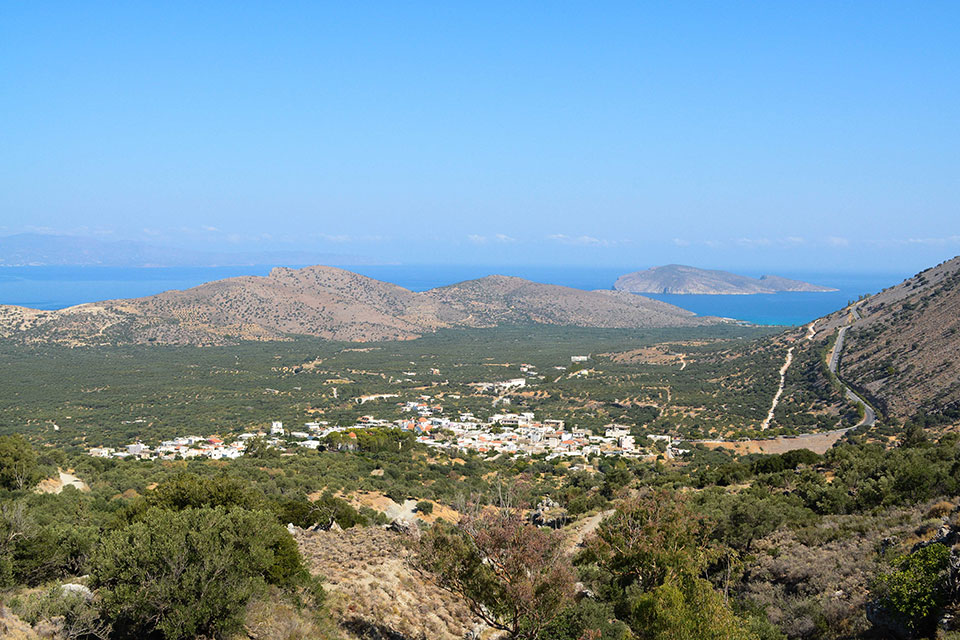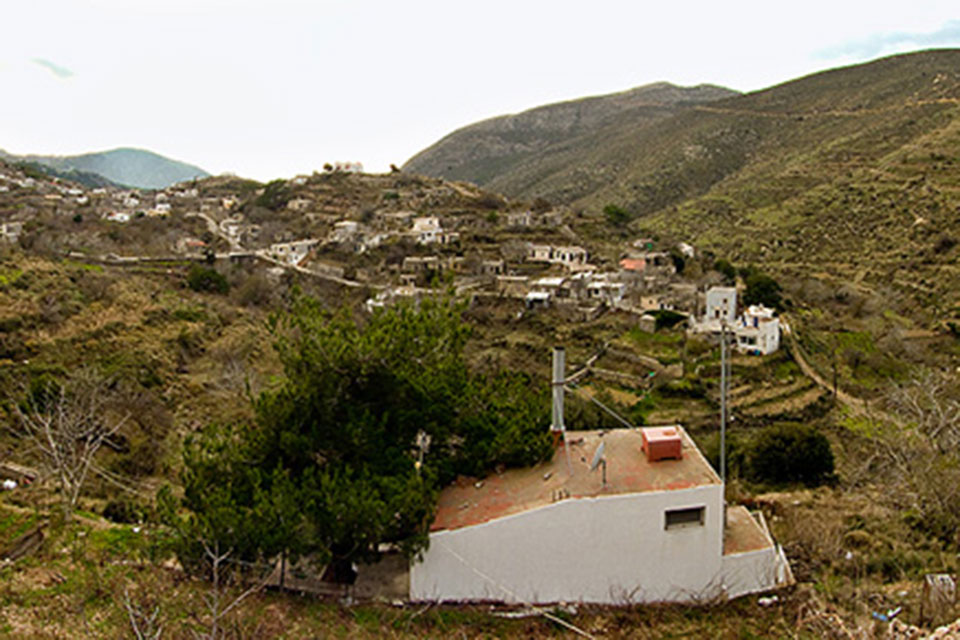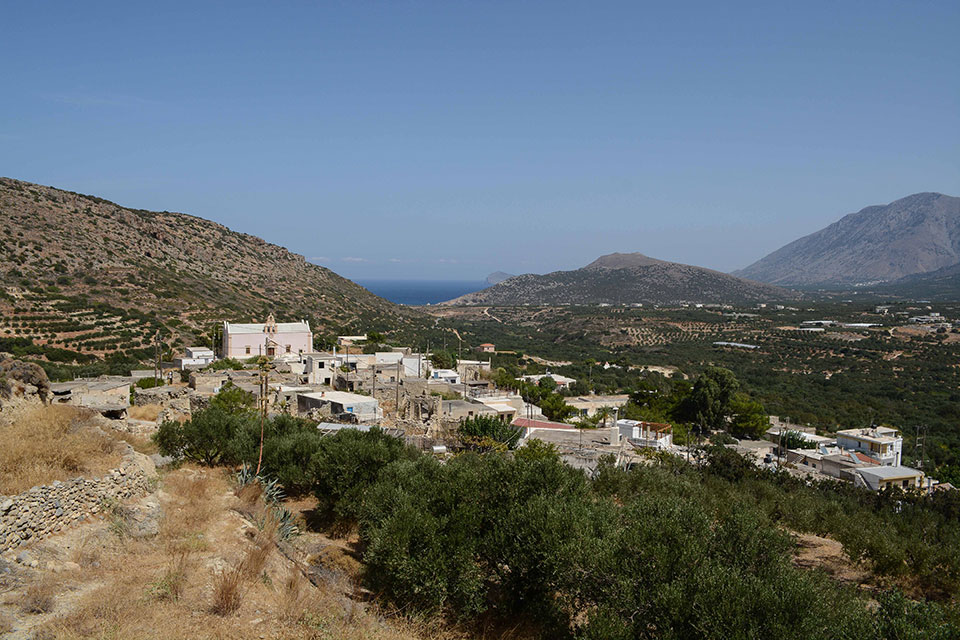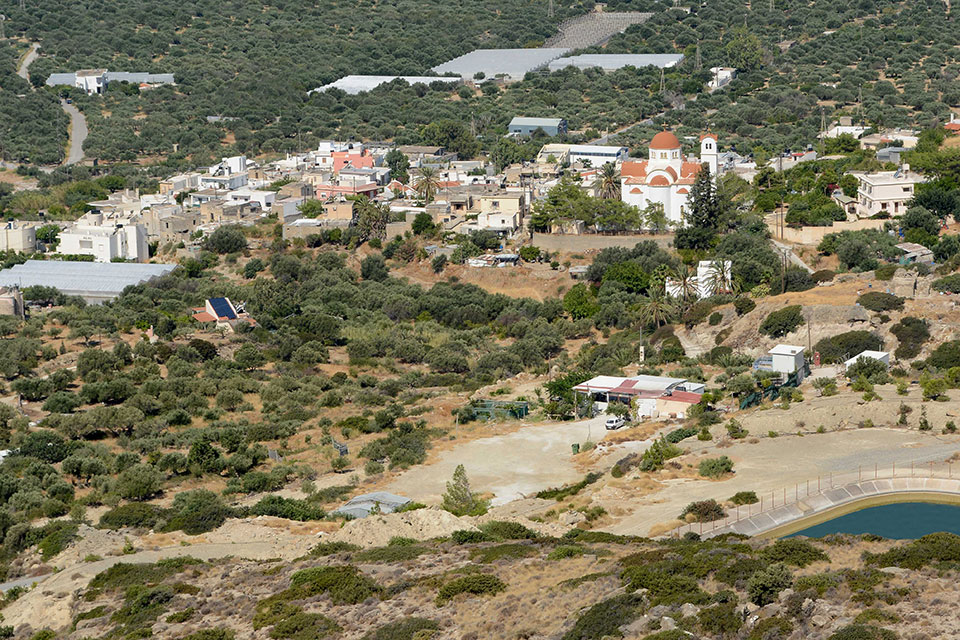Built at the foot of two imposing mountains, lies the famous Kavoussi, one of the most interesting villages of ierapetra. Built at an altitude of 140 metres above sea level overlooking, drowned in olive, plain and the waters of the Cretan sea, Kavousi is a historic and lively village that offers many activities and attractions. The population is 559 inhabitants (census 2011), 955 (1881 census). Unknown from that just comes its name, though in the Cretan dialect describes a small cavity or "trough", the part that is gathered water.
THRIPTI
16 km from ierapetra, at an altitude of 860, with magnificent views, traditional houses. The settlement was built in 860 metres altitude offers ideal conditions for the cultivation of vineyards, and this was the main reason for its development. First recording demographic made in 1940 with 3 inhabitants, but in reality, then just like today the settlement was inhabited predominantly during the summer months, from residents of the lower village of ierapetra, creating over the years ever and best resort.
EPISKOPI
7th km from ierapetra and toward the path of Pachia Ammos inside the road lies the village Episkopi.
There the seat of Bishop (Episkopos in Greek) , and took the name, and therein lies one of the most special temples in the whole of Crete. Built in the 11th century, probably by Nicephorus Phocas, the Byzantine Church of Agios Georgios Charalambous, is a religious, historic, but also architectural monument of rare beauty.
VASILIKI
At the narrowest point of Crete between Ierapetra and Agios Nikolaos, is the Royal Village with its famous cafés and the small square with the pond full of goldfish.
BAINIAS
With fantastic views of the Ierapetra and built just three kilometers long from there, lies the village of Baϊnias. As in 1932 of the name was Gianintsi, probably due to the strong influence of a Russian settler with rich charities, but it was found to be Turkish and so the residents decided to change, choosing the name because it was Kato Zakros near the settlement with characteristic of many churches.






